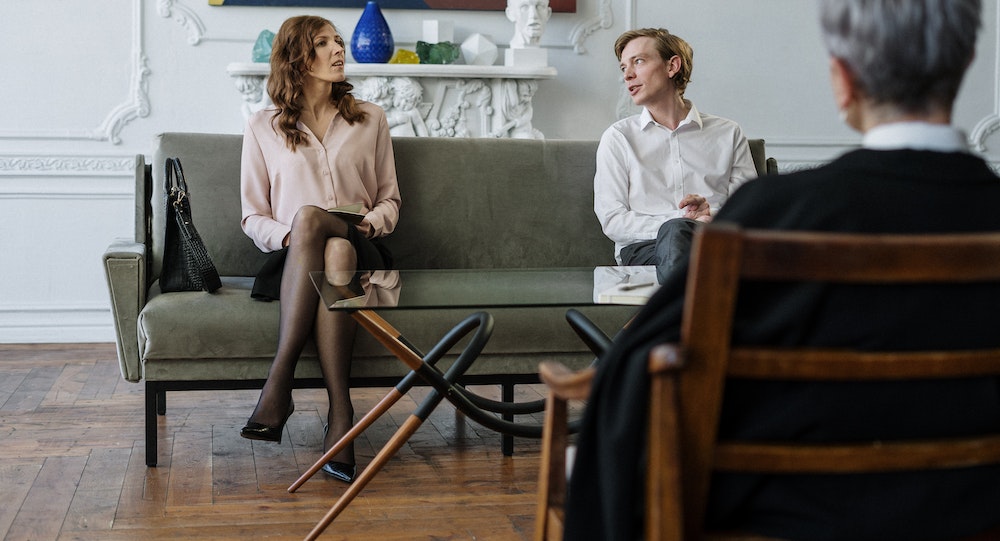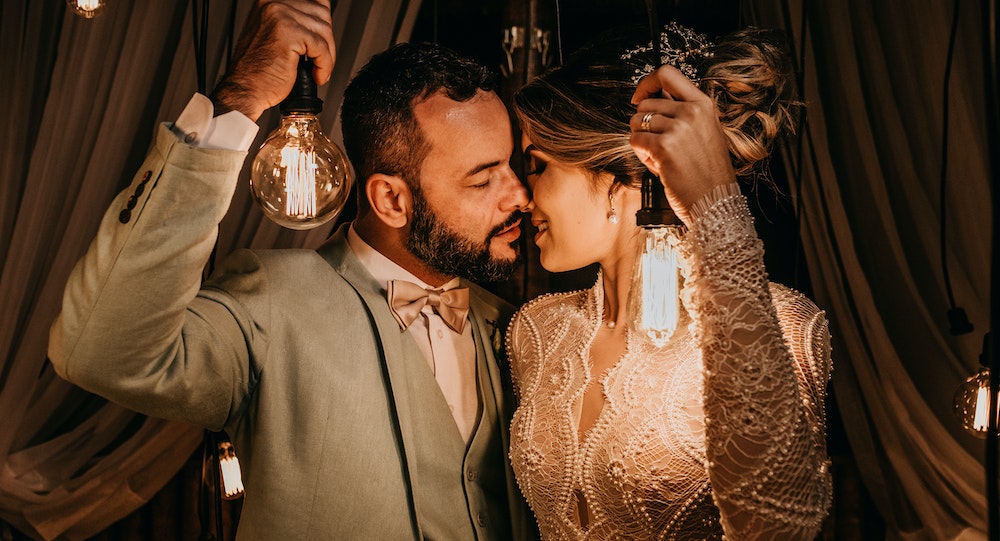Have you ever wondered if what you’re feeling is genuine love or simply lust? It’s a common conundrum that many people face, especially when starting a new relationship or experiencing intense emotions. While both love and lust can be exhilarating, they are fundamentally different. In this article, we’ll explore ten signs that can help you distinguish between being in lust and being in love.
Physical Attraction vs. Emotional Connection

1. Physical Attraction: Lust often begins with a strong physical attraction to someone. It’s about desiring their body, their appearance, and the way they make you feel physically excited.
2. Emotional Connection: Love, on the other hand, goes beyond physical attraction. It’s about forming a deep emotional bond with someone, feeling connected on a mental and emotional level.
Impulsive vs. Patient
3. Impulsive: Lust is impulsive and often driven by immediate gratification. It can lead to rushed decisions and actions without considering the consequences.
4. Patient: Love requires patience. It involves taking the time to truly get to know someone, understanding their flaws, and appreciating their qualities.
Jealousy vs. Support
5. Jealousy: In lust, jealousy is common. It stems from possessiveness and insecurity, often leading to negative emotions.
6. Support: Love is marked by support and trust. It’s about wanting the best for your partner and being there for them, even when they interact with others.
Superficial vs. Deep Conversations

7. Superficial: Lust often revolves around superficial conversations and surface-level interests.
8. Deep Conversations: Love encourages deep, meaningful conversations where you share your dreams, fears, and vulnerabilities.
Short-Term vs. Long-Term Focus
9. Short-Term: Lust tends to be short-term and focused on immediate gratification.
10. Long-Term Focus: Love is about building a future together and making long-term plans as a couple.
Selfishness vs. Selflessness
11. Selfishness: Lust can be selfish, primarily concerned with personal pleasure.
12. Selflessness: Love involves selflessness, caring for your partner’s needs as much as your own.
Fantasies vs. Realities
13. Fantasies: Lust often involves creating unrealistic fantasies about your partner.
14. Realities: Love is grounded in the realities of your partner’s imperfections, and you love them despite these flaws.
Insecurity vs. Trust

15. Insecurity: Lust can trigger insecurity and doubts about your partner’s fidelity.
16. Trust: Love is built on trust, believing in your partner’s commitment to the relationship.
Physical Intimacy vs. Emotional Intimacy
17. Physical Intimacy: Lust places a significant emphasis on physical intimacy and desire.
18. Emotional Intimacy: Love involves a deeper emotional connection that goes beyond physical attraction.
Conflict vs. Resolution
19. Conflict: Lust-driven relationships may struggle to handle conflicts and disagreements.
20. Resolution: Love is marked by effective conflict resolution and finding solutions together.
Changing vs. Acceptance

21. Changing: Lust may lead to attempts to change your partner to fit your desires.
22. Acceptance: Love is about accepting your partner for who they are, flaws and all.
Obsession vs. Balance
23. Obsession: Lust can lead to obsession, where you can’t stop thinking about your partner.
24. Balance: Love encourages a balanced life where your relationship complements your other aspects.
Time Apart vs. Togetherness

25. Time Apart: Lust may struggle with giving each other space.
26. Togetherness: Love values togetherness but also understands the importance of personal time.
Conclusion
In summary, it’s crucial to recognize the distinctions between lust and love in your romantic relationships. While lust can be exciting, love is the foundation for deeper, more meaningful connections. If you find yourself leaning more towards the signs of love, congratulations! You’re on the path to building a strong and enduring partnership.
Now, let’s address some common questions:
FAQs
1. Can lust turn into love over time?
- Yes, it’s possible for a relationship initially based on lust to develop into love as you get to know each other on a deeper level.
2. How can I cultivate love in my relationship?
- Cultivating love involves open communication, empathy, and spending quality time together to build emotional connections.
3. What if I’m in a relationship that started with lust, but I want it to be more loving?
- You can work on deepening your emotional connection through meaningful conversations, trust-building, and acts of kindness.
4. Is it wrong to enjoy the physical aspects of a relationship?
- Not at all! Physical intimacy is a natural and enjoyable part of a relationship. It’s about finding the right balance.
5. How do I know if someone is in love with me or just lusting after me?
- Look for signs of emotional connection, support, and a willingness to commit to a future together. These are indicators of love.